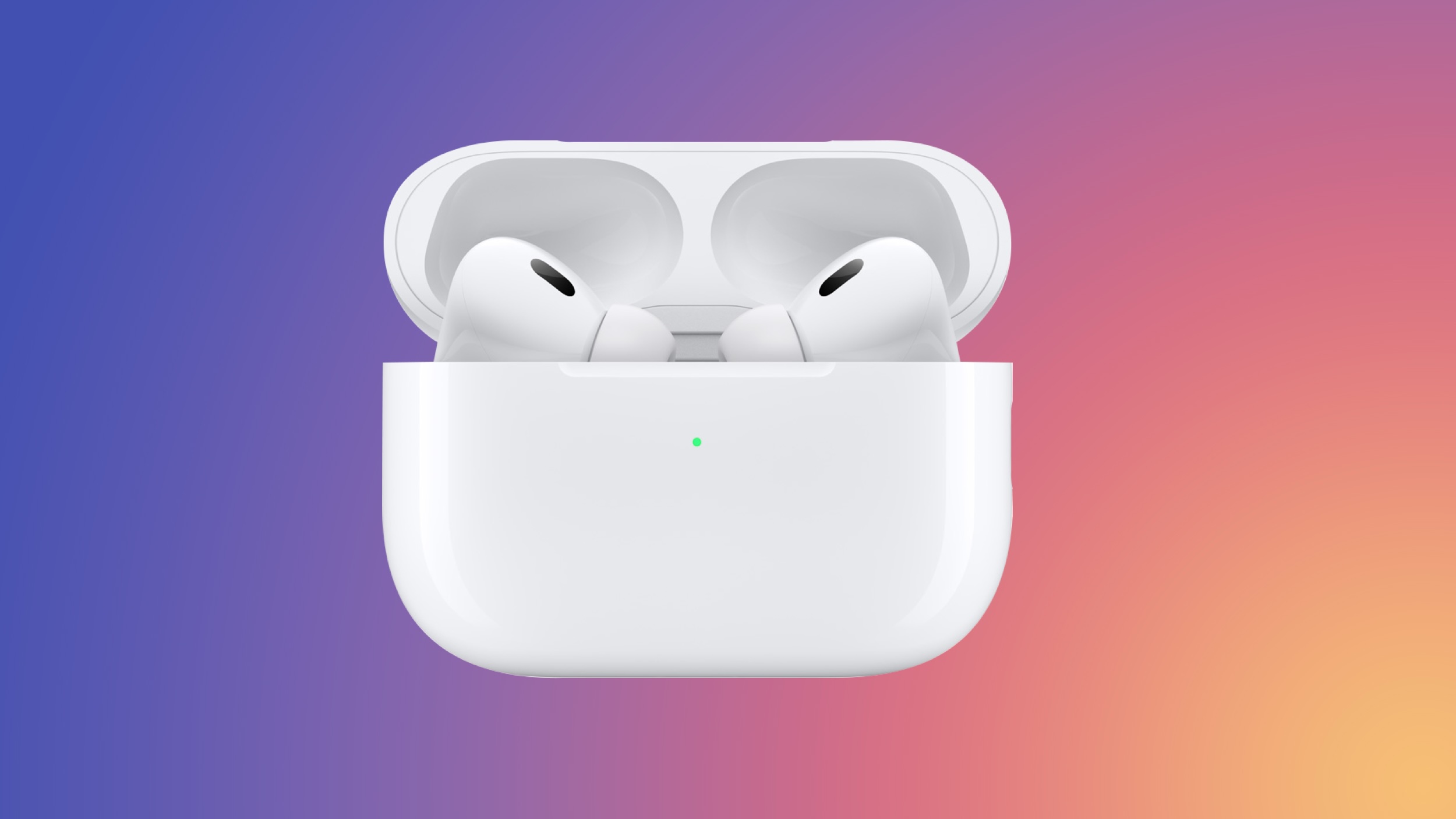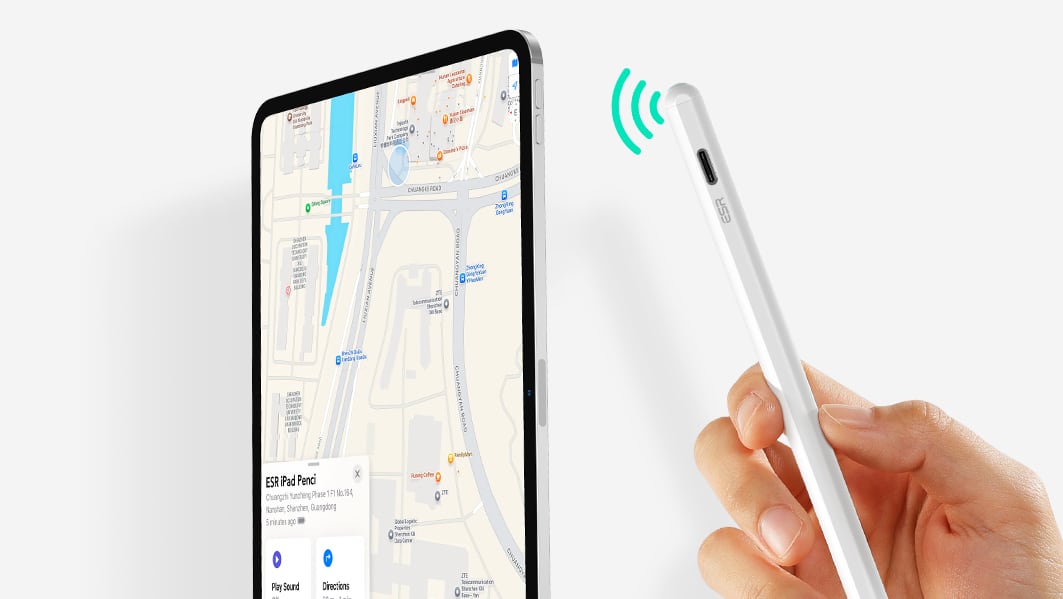Apple Music Sing: everything you need to know
Apple Music Sing made its debut just before the end of 2022 to… actually, relatively little fanfare. And that is strange, because for Apple Music subscribers who are able to meet a few key credentials, it’s an exciting and fun new way to explore their inner diva, crooner or hype-person.
And not with specially-made karaoke tracks either! No no, you get to lower the vocal within the actual track, along with beat-by-beat on-screen lyrics in case you forget the bridge. (You won’t, we know that.)
Apple Music Sing isn’t a device-agnostic perk within Apple Music though. Right now, it’s exclusive to more recent iOS devices running the latest version of the Apple Music app – iPhone 11 or later basically, but we’ll get to that.
If you’re an Apple Music subscriber ($10.99 / £10.99 / AU$12.99 a month) though, there’s a lot to have fun with. And potentially, there’s a voice hiding within you that’s desperate to be unleashed!
‘Cause aaaall of me… Loves, aaall of you! (Image credit: Future)
Hold the verse and chorus though, how good is Apple Music Sing? Before you warble a note, you need to know whether it’s worth upgrading your old iPhone XR for, since it’ll only work with iPhone 11 and later. And why on earth has Apple made it so you cannot completely nix the pre-recorded voices and add your own inimitable vocal stylings to songs?
We’ve tried to answer all of these questions and more in this guide to Apple’s unique Sing offering, a proposition which undoubtedly gives Apple Music a further advantage in its battle with Spotify and the best music streaming services right now.
Apple Music Sing: release date and price
Apple Music Sing is available now in any country where Apple Music is available. That includes the USA, UK and Australia, China, Japan and South Korea. It was officially unveiled on December 13, 2023.
You need an Apple Music subscription to listen to Apple Music – there’s no separate subscription available (take note: Apple Music Sing is not to be confused with Apple’s cheaper Apple Music Voice option).
Right now, Apple Music, which is where you find Apple Music Sing, costs $10.99 / £10.99 / AU$12.99 a month.
Considering Apple Music has over 100 million songs (and the recently launched Apple Musical Classical app is free to subscribers and adds another five million tracks to that), adding a neat little karaoke volume slider for the vocals is pretty good value – particularly if you have a penchant for grabbing the mic and songbook at your local karaoke place. But it’s not available on all songs (more on this later).
Apple Music’s lyrics offering is not new, you understand – just the cute mic icon that blossoms to a bigger slider when you tap and hold it. The time-synced lyrics feature actually arrived with the release of iOS 13, on September 19, 2019.
Why are we mentioning this? Well, only the tracks within Apple Music that have lyrics are part of Apple Music Sing. If nothing happens when you tap the lyrics icon in the bottom left (which reveals the words in real-time and then the little mic icon) you cannot use Apple Music Sing with this track.
Apple Music Sing: how to get it and how to use it
There are a few hoops to jump through before you can start using Apple Music Sing. First, you need an individual, student, or family subscription to Apple Music – unfortunately, the cheaper Apple Voice ($4.99 / £4.99 / AU$5.99) plan doesn’t include the otherwise-free Sing features.
You also may need to update your iPhone’s software to iOS 16.2. The granular details are as follows…
Supported devices: iPhone 11 (or later), iPhone SE (3rd generation) using iOS 16.2 or later, iPad Pro 11-inch 3rd gen. or later, iPad Air 4th gen. and later, iPad Mini (6th gen.) or iPad 9th gen. and later using iPadOS 16.2 or later, and Apple TV 4K (3rd gen.).
As a quick guide, iOS 16.2 was released on December 13, 2023, so if you haven’t updated your iPhone software in a little while, you’ll need to.
French rap, Pop or classic love songs – what’s your vocal poison? (Image credit: Apple Music)
Got both an Apple Music subscription and a relatively recent iPhone, iPad or Apple TV 4K? You can download Apple Music from the App Store right now – although let’s be honest, it’ll come pre-loaded on your device won’t it? This is Apple after all. Just sign in with your Apple ID (you may even be able to take advantage of a free trial!) and you’re off.
Unfortunately, there is currently no Android support for Apple Music Sing, which is a shame – and we’re not convinced this is something Apple is considering… of course, should this change, you’ll be the first to know.
But now that you’re in Apple Music, on your relatively new Apple device, simply start playing a song, then tap on the song at the bottom-left of the screen (which opens it up to cover the full screen). Now, tap the lyrics icon, also bottom left, which look like a set of quotation marks in a bubble. If lyrics are available, they’ll pop up in real-time.
Finally (and this is the good bit), tap anywhere on the screen and a little mic icon should show up, on the right. Touch that, and it becomes a slider to lower the vocal in the mix. Then get to singing!
Apple Music Sing: what is it?
Apple Music Sing sounds simple enough – an extra feature, free with your Apple Music subscription, which lets you stream any lyrics-enhanced track with hardly any vocal on top. But therein lies our two small issues with it. Firstly, not every track in Apple Music’s library is so enabled (and it’s nigh-on impossible to tell how much of Apple Music’s library is or isn’t available with beat-by-beat lyrics to sing along to), and secondly, you cannot switch off the vocal completely; it’s still ever-so-slightly perceptible.
Of course, it’s hard to knock something that’s free and fun – and we’re certainly not doing that. The amount of tracks available is surprising; certain tracks will shock you for being onboard (Bruce Springsteen’s For You is there, which is a lyrical challenge you should only accept with a clear head), but others will be harder to find – Maria McKee’s power ballad classic Show Me Heaven is there via her album, Cherish, but not through certain compilation albums.
Apple has done the right thing and provided over 50 diverse, multi-language Apple Music Sing genre and decade playlists, if you scroll down from the Apple Music Sing section, in the Browse tab. I counted 33 playlists organized by genre and seven decade-curated playlists, but that’s after the 13 ‘Made to Sing’ offerings, including more generic ‘Classical Love Songs’, ‘Iconic Duets’ and the like.
Naturally, all of these particular curations contain only Sing enabled tracks. My personal favorites here include Deutschrap (I used to live in Germany), Classic Rock (hello, Black Velvet‘s A5 belt, it’s been a while) and of course Sing ’60s, where you’ll find Elvis, Aretha, Frankie Valli, the Beatles and many more… probably best to run through a few vocal scales first if you’re trying to impress here.
Turn the vocal down and belt your heart out (Image credit: Future)
Apple Music Sing: features and design
As you’d hope for a free in-app feature, Apple Music Sing is seamlessly integrated with Apple Music – so much so, that you might struggle to find it at first, given Apple Music’s various colorful landing pages.
If you go to the Browse tab – the icon that looks like four squares, second from the left at the bottom of the home screen – and scroll down, you’ll see a red bar wanting to navigate you to Apple Music Sing (although it does tend to take second billing to Apple Music Classical, so keep scrolling!)
The app itself features lossless audio quality up to 24 bit/192 kHz throughout its catalog, which is a boon considering there’s still no sign of equivalents like Spotify HiFi (its lossless, CD-quality offering). The thing is, as with Apple Music’s Dolby Atmos support, you kind of have to go looking for it at the bottom of tracks, to see if it’s there.
And this brings me on to a key point for those who love spatial audio: if you’re listening to a song playing with Dolby Atmos and you turn on Apple Music Sing, Dolby Atmos turns off and the song plays without surround sound. If you turn off Apple Music Sing, the song plays with Dolby Atmos.
There’s no official support for microphones or the option to record your efforts yet either – although wouldn’t that be good?
So that’s kind of your lot. Essentially, lead vocals (which are usually mixed to the center channel so they’re easy to remove with most audio software) can be greatly lowered with Apple Music Sing, and you can get it wherever you see the lyrics feature.
One especially fun element of the Apple Music Sing when it launched was Apple’s claim that you’d be able to sing duets and backup vocals, with separately animated lyrics. Only, in our tests we found we could only tweak the lead vocal – and Apple hasn’t released any more information on when (or even if) those further features are coming – yet.
Apple Music Sing: the downsides
Apple Music Sing certainly isn’t perfect. For a start, my iPhone XR is too old to get it, and there’s no Android support at the time of writing. When you deploy it, you lose Dolby Atmos too.
One bugbear noted by early users is that the slider can’t go all the way to zero – yes, you’ll always hear a little bit of vocal in the track. Why? It’s not immediately obvious, but because the software is likely using a vocal remover/AI to remove the vocal from the center channel (although there’s extra intelligence going on too; some vocals from left and right channels are also diminished in much the same way), it’s never going to sound as clean as an official instrumental version, plus you’ll hear some artificing from the reverb effects – so no vocal whatsoever would sound very odd. It’s decent, but if you’re thinking of signing up to Apple Music and expecting high quality backing tracks, you may be disappointed.
Also – and this is perhaps a wider discussion – Apple Music sort of needs a design overhaul. The service is to be commended for offering so much – Lossless, Hi-Res Lossless and Dolby Atmos tracks, videos, regularly-updated playlists, videos, radio, a dedicated Classical app, your own library, even the option to ‘love’ a track – but it feels more than a little congested. It’s as if the myriad options presented under ‘Browse’, ‘Listen Now’, ‘Radio’ and ‘Library’ are all vying a little too hard to get your attention.
One especially fun element of the Apple Music Sing when it launched was Apple’s claim that you’d be able to sing duets and backup vocals, with separately animated lyrics. Only, in our tests we found we could only tweak the lead vocal – and Apple hasn’t released any more information on when or even if those further features are coming – yet.
Back in December, Apple’s vice president of Apple Music and Beats, Oliver Schusser, said, “Apple Music’s lyrics experience is consistently one of the most popular features on our service,” adding, “We already know our users all over the world love to follow along to their favorite songs, so we wanted to evolve this offering even further to enable even more engagement around music through singing. It’s really a lot of fun, our customers are going to love it.”
Apple Music Sing: early verdict
Back in December, Apple’s vice president of Apple Music and Beats, Oliver Schusser, said, “Apple Music’s lyrics experience is consistently one of the most popular features on our service,” adding, “We already know our users all over the world love to follow along to their favorite songs, so we wanted to evolve this offering even further to enable even more engagement around music through singing. It’s really a lot of fun, our customers are going to love it.”
We’d have to agree, it’s fun. But it could be even more fun – if you could do multiple vocal parts, backing tracks, record what you’d just created and could nix the original vocal entirely… That said, for a first-gen. offering, Apple Music Sing is a novel new experience. It’s like a free karaoke mode; a unique differentiator for Apple Music when compared to the likes of Tidal, Amazon Music, and Spotify.







